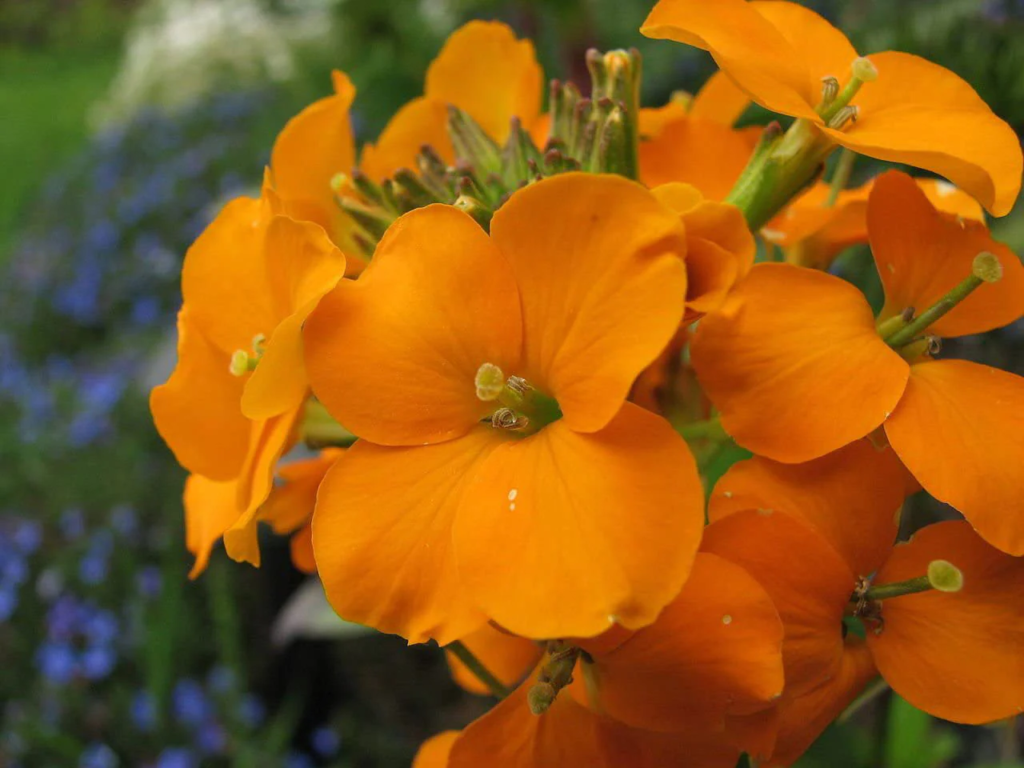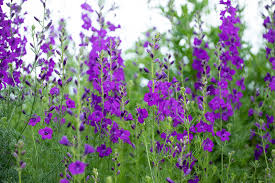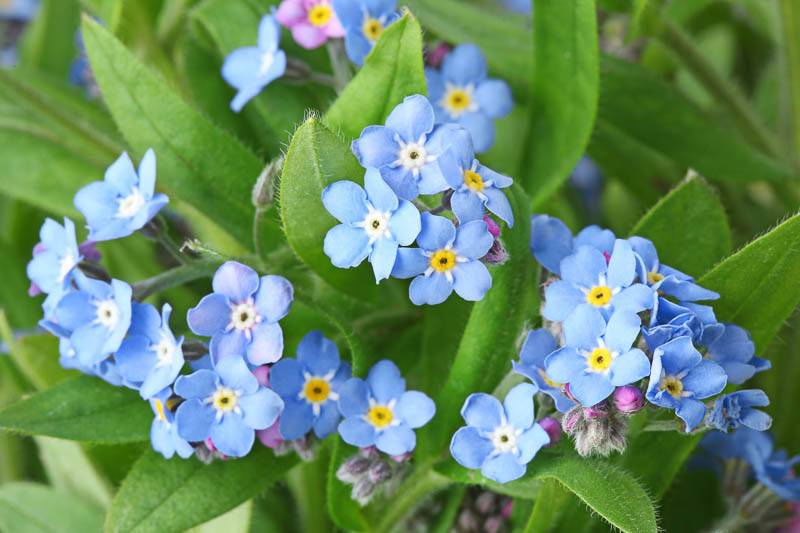In many temperate climates, there’s a natural gap in the garden bloom cycle during late spring—after the early spring bulbs, trees, and shrubs have finished flowering, but before the summer plants begin to bloom. To bridge this gap and ensure continuous color in your garden, cold-hardy flowers are the perfect solution. These flowers, when started from seed in early autumn, can withstand the winter with minimal protection and bloom vibrantly in late spring, when their beauty is most needed.
Here are four cold-hardy flowers to consider planting for that perfect late-spring burst of color:
1. Dianthus (Pinks)
Dianthus, commonly known as pinks, are beloved for their sweet fragrance and delicate blooms. These flowers are named for their distinctively frilled petal edges, which resemble the cut of pinking shears. Fragrant varieties, such as Fringed Rainbow Loveliness, are perfect for adding scent and charm to your garden.
For best results, plant Dianthus in pots that are sunken into a nursery bed through the winter. When the plants begin showing growth in the spring, move them to their final location near fragrant plants like lavender, or keep them in containers to enjoy their scent up close. Another popular variety, Sweet William (Dianthus barbatus), is larger, more robust, and often reseeds itself. Its colorful blooms—ranging from bright red to pink, white, purple, and bicolor—make it an excellent cut flower choice.
2. Wallflowers
Wallflowers (Erysimum spp.), once a staple of English cottage gardens, are highly fragrant and produce a vibrant array of colors, particularly yellow and orange. Native to Greece, the popular Erysimum cheiri is somewhat less cold-tolerant than the Siberian wallflower (Erysimum allioni), a hybrid that thrives in cooler climates. Wallflowers are perfect companions for spring tulips or blue forget-me-nots, offering a cheerful contrast.

These flowers prefer neutral to alkaline soil and a sunny spot, and they’re easy to grow in well-drained areas. Wallflowers are also great at reseeding, ensuring your garden will continue to be filled with their blooms year after year. However, be aware that wallflowers can be toxic if eaten in large quantities, so plant them away from areas where pets or children might be tempted to nibble.
3. Larkspur
Larkspur (Consolida ajacis) is a striking flower that adds vertical interest to your garden. Unlike most plants, larkspur thrives when grown directly from seed and is best sown in fall. Scatter seeds on prepared soil about six weeks before your first expected frost, and they will germinate in cool soil. You can even improve germination by chilling the seeds in the freezer for a week before planting.

Larkspur’s delicate blooms, ranging from white to shades of purple, blue, and pink, make it a beautiful addition to late-spring gardens. However, it’s important to note that larkspur is toxic to both humans and livestock, so it’s best to plant it in areas where it won’t be easily accessed by children or animals. The deep lobed leaves also help distinguish the seedlings from weeds, ensuring a healthy growth process.
4. Forget-Me-Nots
Forget-me-nots (Myosotis spp.) are the quintessential late-spring flower, adored by pollinators for their cool blue blooms. Common forget-me-nots (Myosotis sylvatica) are ideal for planting alongside late-blooming bulbs, while the smaller alpine variety (Myosotis alpestris) thrives in rock gardens or along walls. For a water-loving alternative, try Myosotis scorpoides, which grows well in moist woodland gardens or near water features.
These charming flowers are perfect for adding a delicate touch to your garden and are known for their ability to reseed, though they can become weedy in areas with cool temperate climates. Forget-me-nots are also easy to distinguish from weeds due to their distinctive, hairy leaves. They are unappealing to most animals, making them a good choice for gardens where critters may be a concern.
By adding these cold-hardy flowers to your garden, you can ensure a steady stream of color and fragrance that will attract pollinators and fill the bloom gap between spring and summer. Whether you’re growing them from seed or purchasing young plants, these flowers offer a simple and beautiful solution for late-spring color and support for local wildlife.
